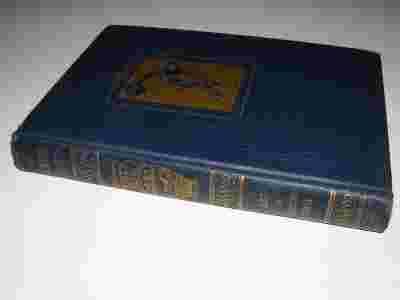SZTUKA CZASY STAROŻYTNE PREHISTORIA EGIPT... 1940

Aukcja w czasie sprawdzania była zakończona.
Aktualna cena: 49.99 zł
Użytkownik inkastelacja
numer aukcji: 2073439880
Miejscowość Kraków
Wyświetleń: 11
Koniec: 01-02-2012 19:54:44
